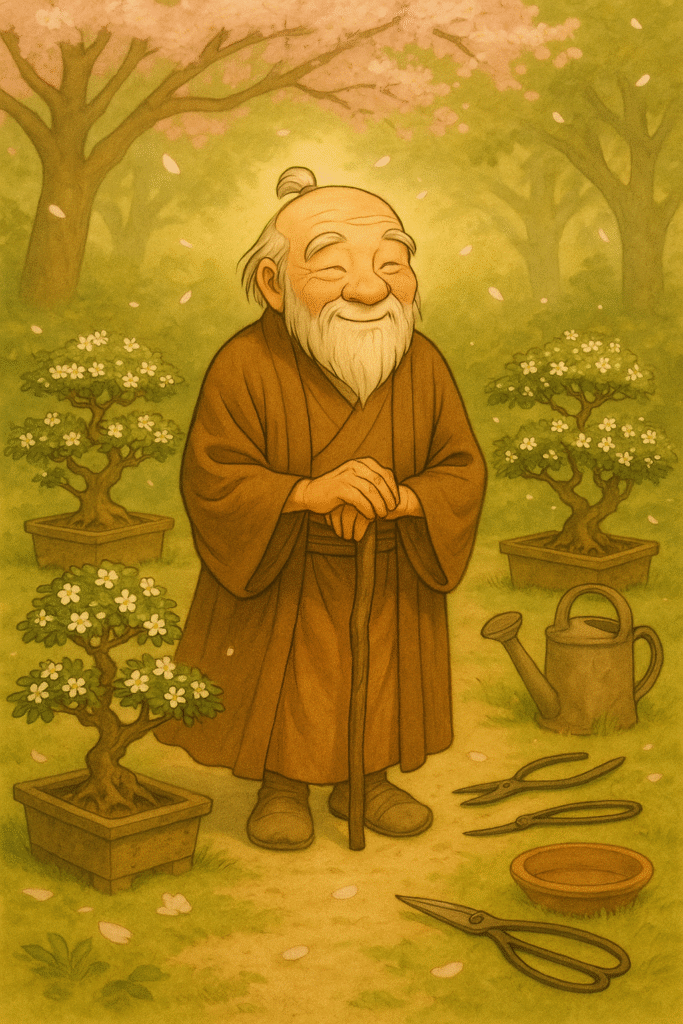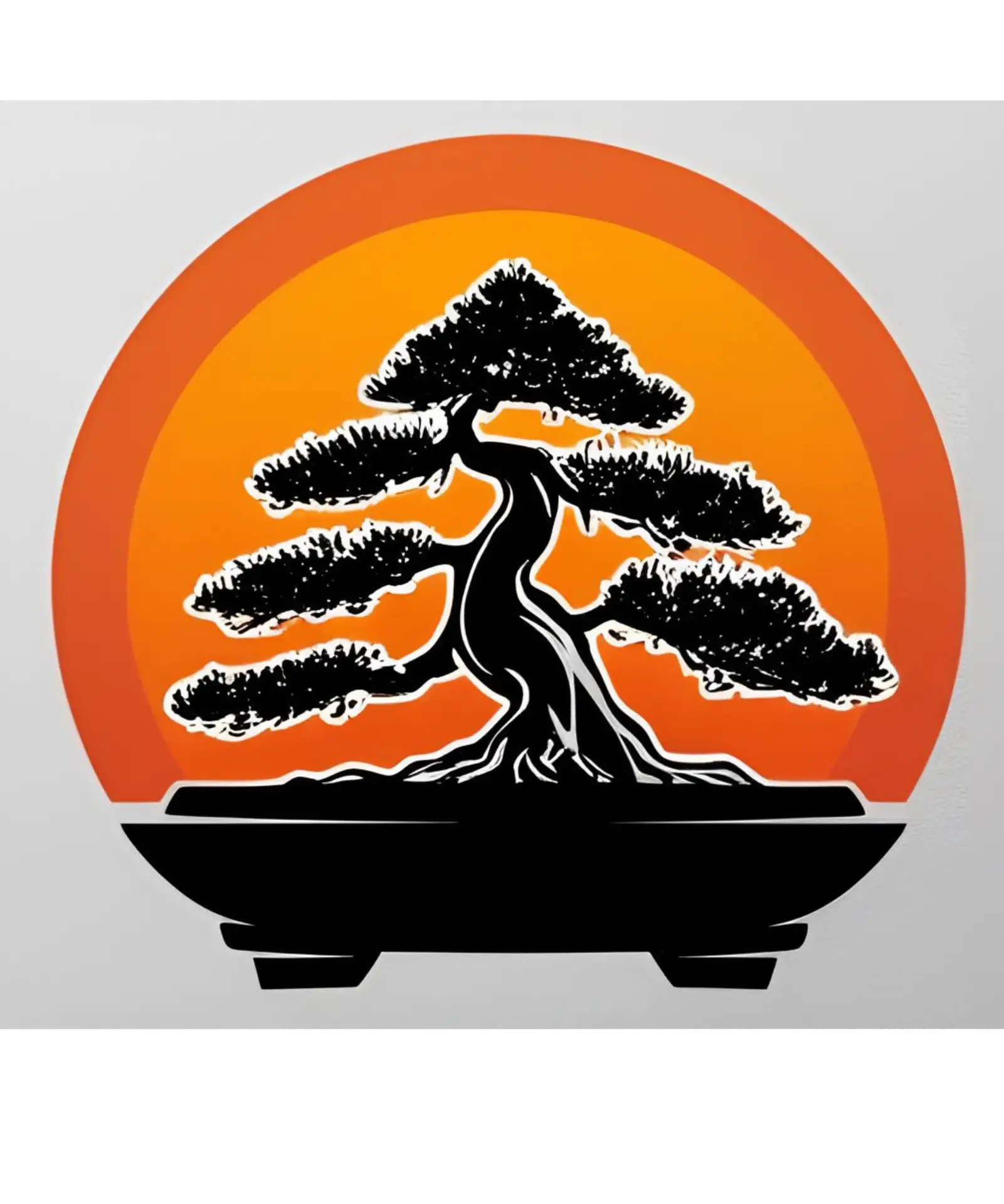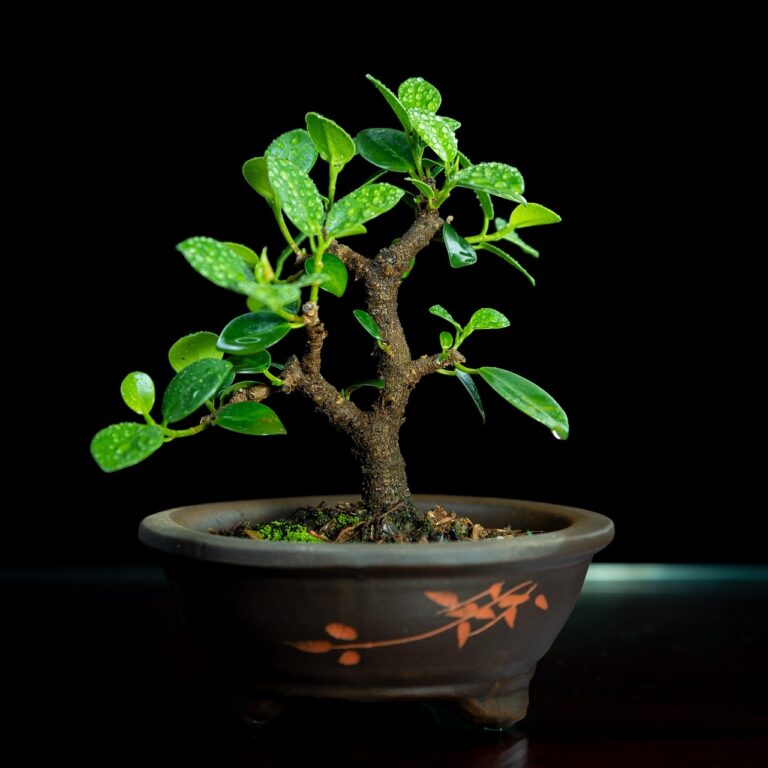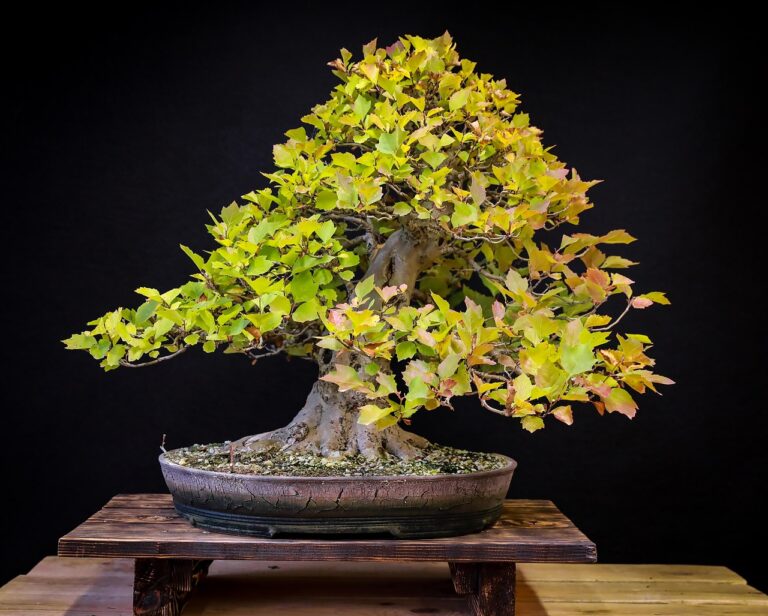How to Prune A Bonsai Tree By Master Mori, humble guardian of small trees and large truths
Ah, young seedling… you have come to the beginners bonsai pruning guide, here we will master bonsai pruning basics. The ancient art of pruning a bonsai is not merely the trimming of branches—it is the shaping of a soul, the quiet sculpting of time itself.
Sit with me under the cherry blossoms. The tea is warm, the scissors are sharp, and the bonsai waits patiently.
Let us begin.

How to Prune a Bonsai Tree – Lessons from Master Mori
1. The Dance of the Branches – Left, Right, Left Again
When two branches grow opposite each other like rival brothers on a narrow bridge, one must go. This is the first step in learning how to prune a bonsai tree—observe the rhythm. A proper bonsai moves gracefully: left, right, left again. Like a wandering monk, a little dizzy from sake but sure of his path.
2. Too Long? Too Bold? Snip It.
If a branch stretches too far, like a boastful samurai bragging about battles never fought, you must shorten it. This, too, is how to prune a bonsai tree—bring balance, not bravado. A true bonsai does not shout; it whispers strength.
3. Heavy at the Top? A Noisy Mind.
A tree with thick branches at the top is like a man with loud opinions but no foundation. Keep the upper canopy light and refined. In bonsai tree care for beginners, and especially in learning how to prune a bonsai tree, remember: weight belongs at the roots, not in the clouds.
4. Crossing Branches? Choose Peace.
Two branches tangling like quarrelling elders over tea? One must be let go. This is how to prune a bonsai tree with clarity. Let each branch breathe. Let light dance between them like morning mist through mountains.
5. Downward Branches Are a Frown
Branches that droop toward the earth speak of sadness. Prune them gently. A bonsai should not weep—it should reflect. Part of understanding how to prune a bonsai tree is learning where to lift, not just where to cut.
6. Twins Competing for Sunlight
When two branches grow from the same spot, one must step aside. Choose the one that follows your design—the one that listens. Not everything can be kept, even when both are lovely.
7. Show Me the Trunk!
The front base of the tree should show the trunk like a storyteller revealing a truth. Remove branches that hide this noble line. A core lesson in how to prune a bonsai tree is knowing what to reveal.
8. Forward Branches Down Low? Not Yet.
In the lower half of the tree, branches should stretch to the sides and back—not forward. Let the tree open itself to the world slowly, reaching forward only at the top, like wise hands offering a gift.
9. Shooters Reaching to the Sky
Branches that shoot straight up are like impatient students—eager but disruptive. Clip them with kindness. In learning how to prune a bonsai tree, you will find that even eagerness must be tempered.
10. Suckers at the Base? Pluck the Gossip
These tiny sprouts at the base drain energy and cloud the tree’s intention. Remove them. In bonsai, as in life, we prune distractions to let the soul speak clearly.
Master Mori’s Final Thought
There it is—how to prune a bonsai tree, not just with your hands, but with your heart. Each snip is a word in the language of form. Each cut, a question answered in silence.
So, my young leaf… prune not to control, but to reveal. Prune as if guiding a friend. And remember—always prune with a calm mind, steady hands, and a warm cup of tea nearby.
Now go. Your scissors await. And your bonsai, ah, your bonsai dreams of its future shape.
For a complete beginners bonsai care guide visit the Ultimate Beginners Bonsai Guide
FAQ How to Prune a Bonsai Tree
1. When is the best time to prune my bonsai tree?
Most bonsai trees should be pruned in early spring or late autumn, depending on the species. This timing allows the tree to recover more easily. Avoid heavy pruning during peak growing or dormant seasons.
2. How often should I prune my bonsai?
Light maintenance pruning can be done regularly during the growing season. Structural pruning should be limited to once or twice a year.
3. Can I prune my bonsai too much?
Yes. Over-pruning can weaken the tree, stunt growth, or cause dieback. Always prune with purpose and allow time for recovery.
4. How do I know which branch to keep when two grow from the same spot?
Choose the branch that best fits your desired shape and remove the other. Generally, favor the one that follows the left-right alternating pattern.
5. What are suckers, and why should they be removed?
Suckers are shoots that grow from the base of the trunk or roots. They drain energy from the main tree and should be removed to preserve the bonsai’s aesthetic and health.
6. Should I prune downward and upward-facing branches?
Yes. Downward-facing branches can make a tree look tired, while vertically growing branches often disrupt the natural canopy shape. Remove them to maintain balance and structure.
7. What tools do I need for pruning?
A basic set includes concave cutters, sharp pruning shears, and tweezers. Clean and sharpen your tools regularly to avoid damaging the tree.
8. Can I prune flowering bonsai the same way?
Flowering species may require special care. Avoid pruning right before or during flowering unless necessary, as you may remove buds.
Recommended Tools & Products
If you’re just getting started, these basics will do:



